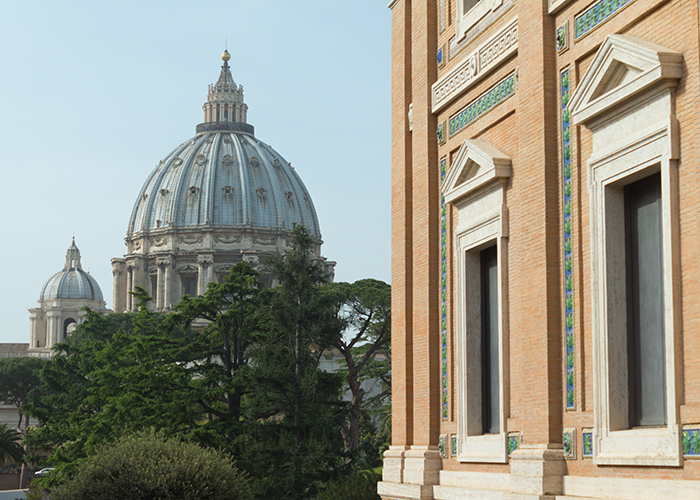 Previous Day |
Rome → Vatican City → Siena 182.7 mi (294.0 km) |
 Next Day |
Heus, omnes!
It’s tough adjusting to a new hemisphere, especially when the fun ends at midnight and starts up again at six! I slept pretty well in my friend, Luca’s guest room, and I was so sad to have to turn down his mom’s breakfast offer, but I had an appointment at 8:00 to visit the smallest country in the world, Vatican City!
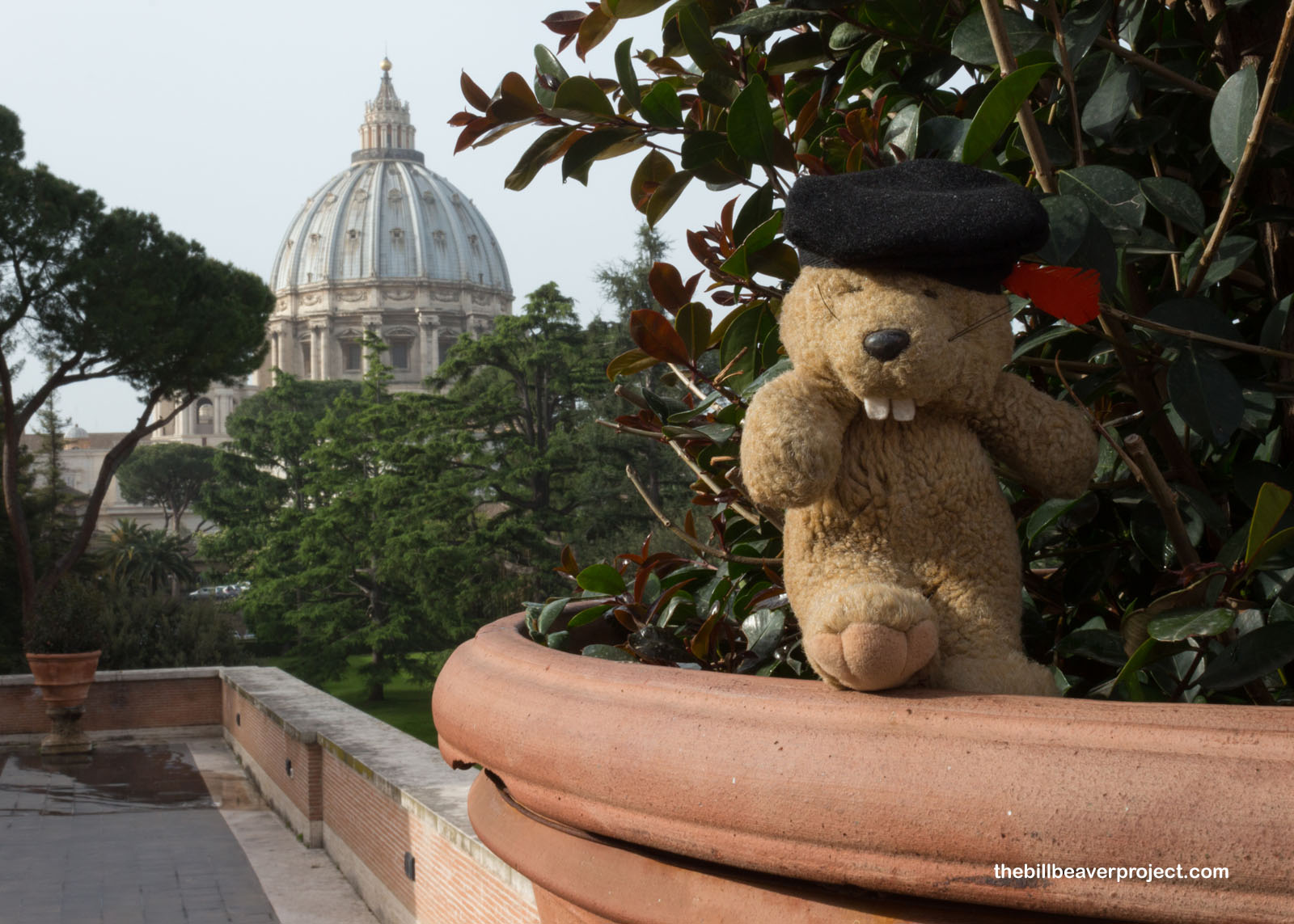 |
This spot was originally a marshy Estruscan settlement, but after Agrippina the Elder drained the swamp and built a garden here, it became at different times a circus, a shrine to Cybele, and at last, its own country, home to the headquarters of the Catholic Church! It’s a major attraction, and I sure was glad to join Laura from City Wonders, who guided a group of us past the Disney-length lines into a Disney-size crowd!
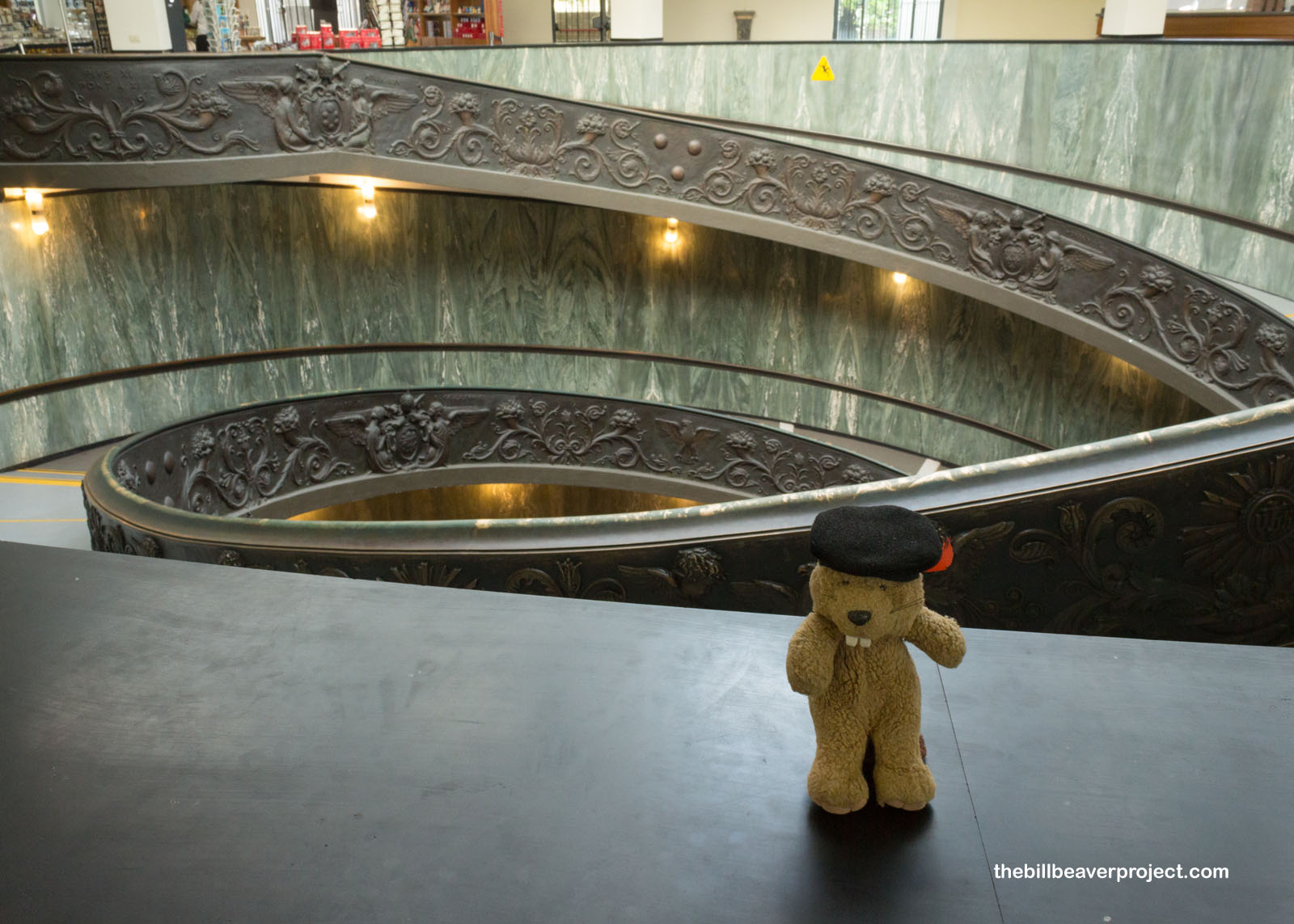 |
We started off in the Pinacoteca, which guided us through a long history of religious artwork from 2D triptychs to the incredibly detailed works of Raphael, like his Transfiguration from 1520! Laura gave us tidbits of the artists’ history, like how it was less scandalous for Caravaggio to murder someone than to paint the Virgin Mary as old, dead, and with the feet of a well-known prostitute! There was also a long-running dispute between Michelangelo and Raphael that only concluded with the painting of the Sistine Chapel, a stop on today’s tour!
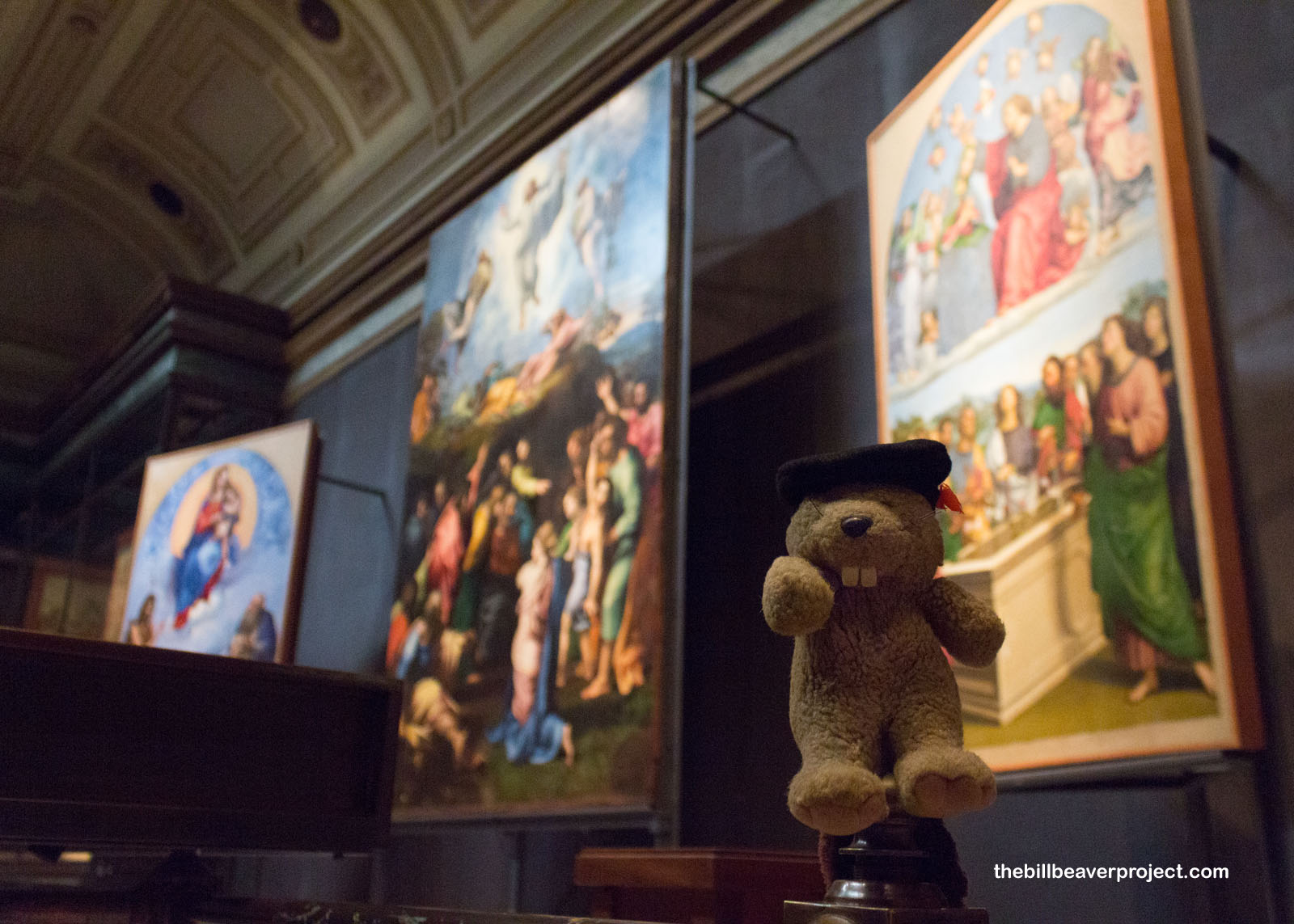 |
We took a break from the art to step into the sunshine. At the center of the Cortile della Pigna (Pinecone Court) turns a huge bronze globe called Sphere within a Sphere by Arnaldo Pomodoro! Added in the 1960s, and later designed for spaces around the world, this brilliant sculpture has two layers: the smooth spherical outside represents the ideals of Christianity, while the inside shows the infinitely more complicated workings of the world!
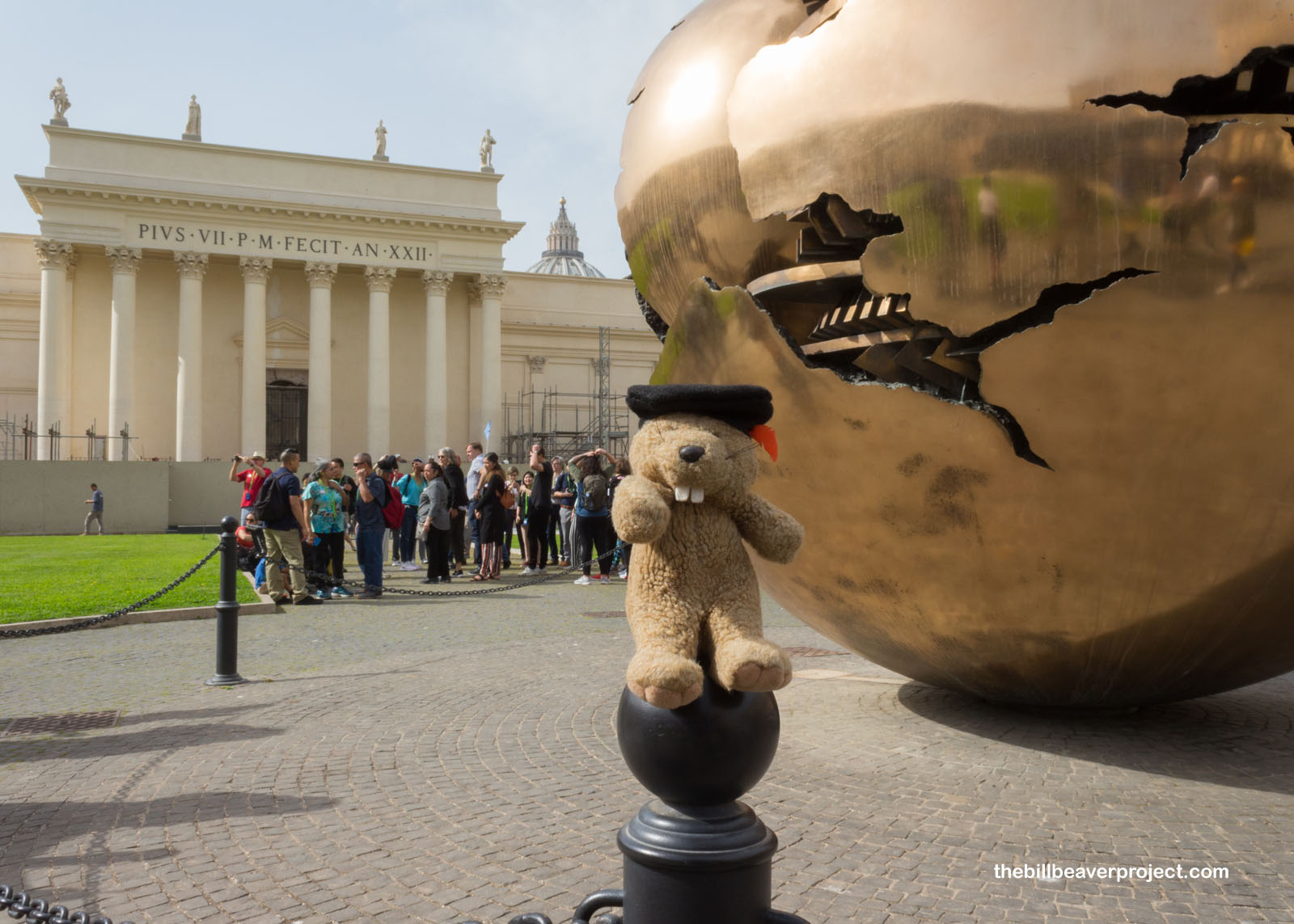 |
Then, we were on to the Statuary Hall, where the throngs of folks who had not skipped the line jostled with their selfie sticks to capture glimpses of the famed Roman sculptures, Laocoön and His Sons or the Apollo that ultimately inspired Michelangelo to create David! There were so many people here that I was glad when Laura ushered us through a side door to a special part of our tour, away from the main areas.
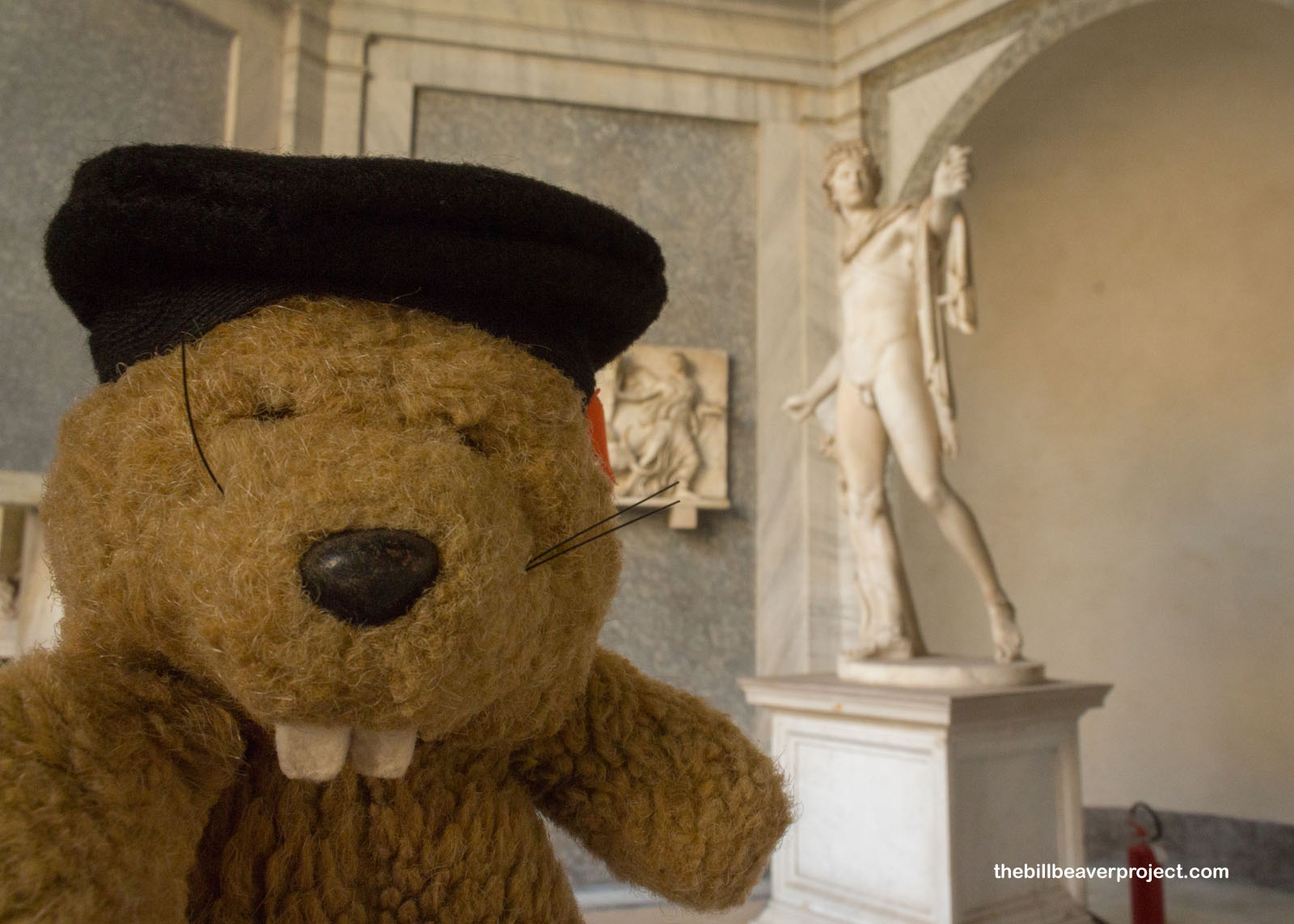 |
Donato Bramante built this staircase in 1505 as a way to get horses and mules from street level up to the papal apartments! It was built in a double helix shape long before the discovery of DNA, held up with Doric Columns! It also helped the pope get up to his apartment by cart without having to carry his heavy vestments all that way up! Though not as immediately recognizable as Michelangelo or Raphael, as architect of St. Peter’s Basilica, it was Signore Bramante who gave Raphael a sneak peek of the unfinished Sistine Chapel and ended the long-running feud between the two artists!
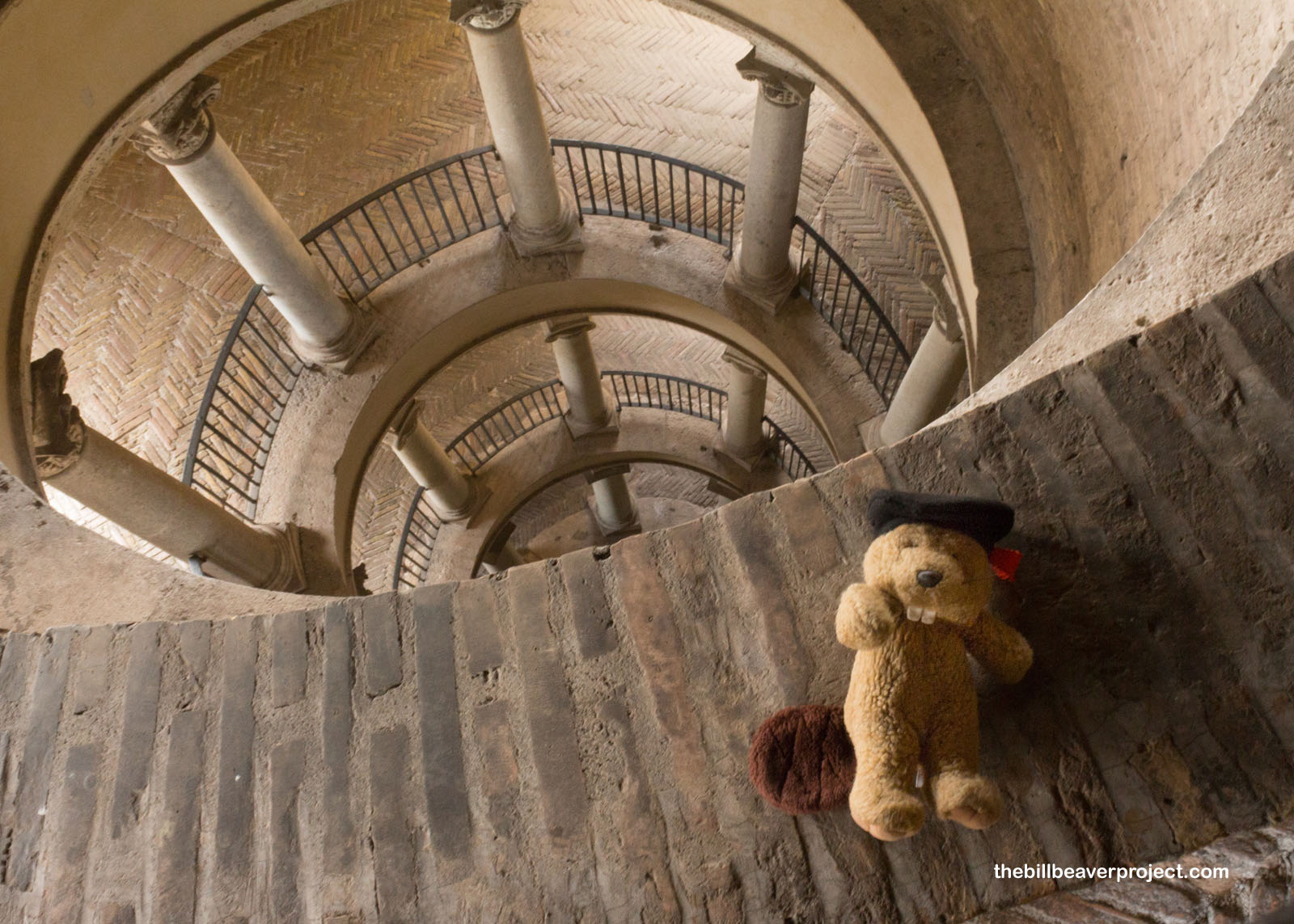 |
The staircase funneled into a museum of Etruscan art. The Etruscans, from whom we get the name “Tuscany,” are shrouded in mystery! We still don’t know what their language sounded like, where they came from, or how they managed to get perfectly black terra cotta. We do know, however, that in death, they liked to be depicted as reclining at a feast! Within this museum, there were fantastic works of stone carving, pottery, weapons, and bits of oxidized copper, painstakingly pieced together by archaeologists into parts of a vessel or wagon!
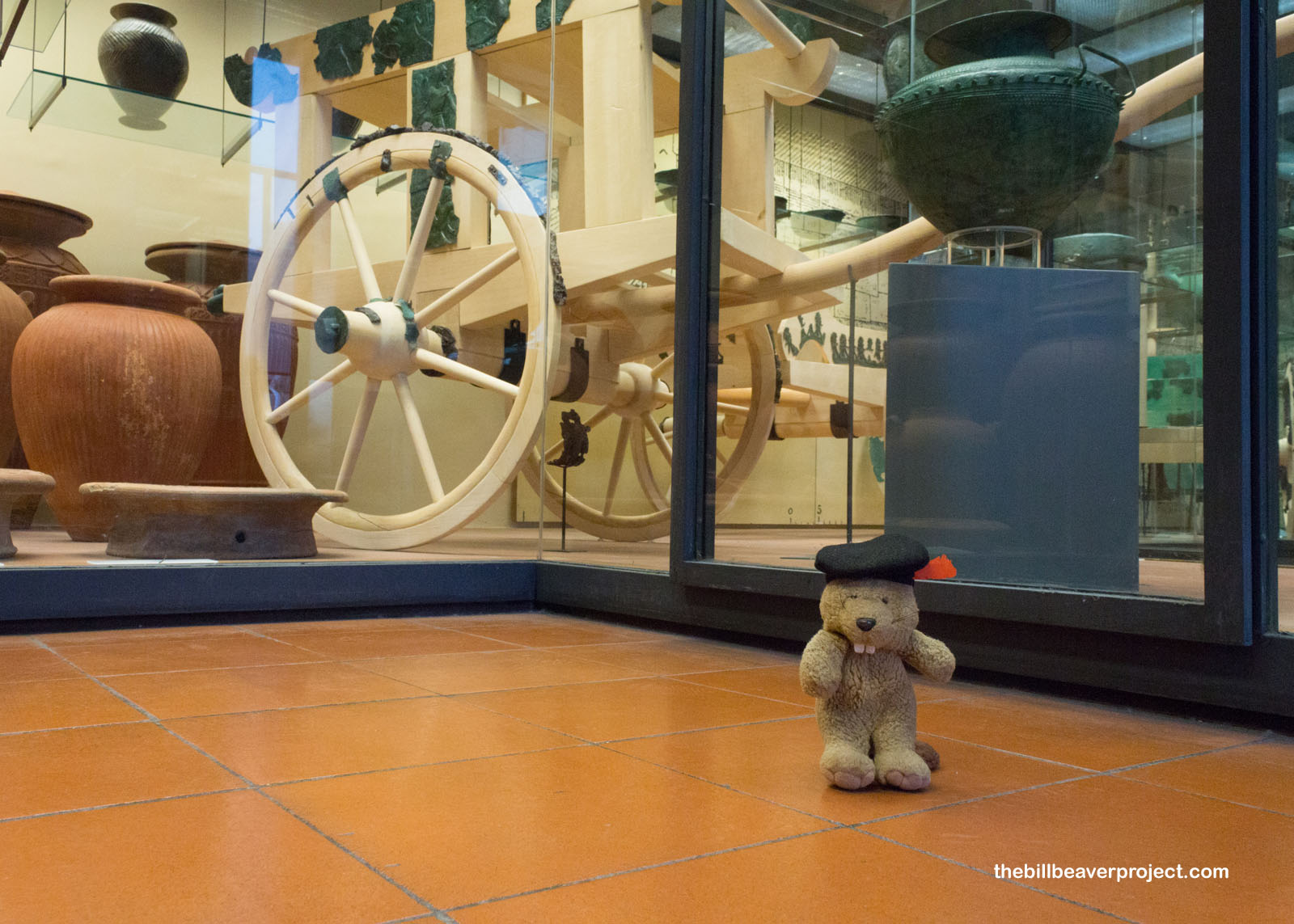 |
I could have spent a lot more time marveling at this section, but we had more ground to cover. Laura took us back into the crowd and the Gallery of Maps, a vast hall of painted maps of the kingdoms of Italy! Pope Gregory XIII commissioned it in 1580, and Ignazio Danti painted the 40 maps lining the hall! I was amazed at how accurate they were in an age long before planes and space shuttles, and Laura made a point of showing us the city of Florence, which, she said, was the source of the modern Italian language!
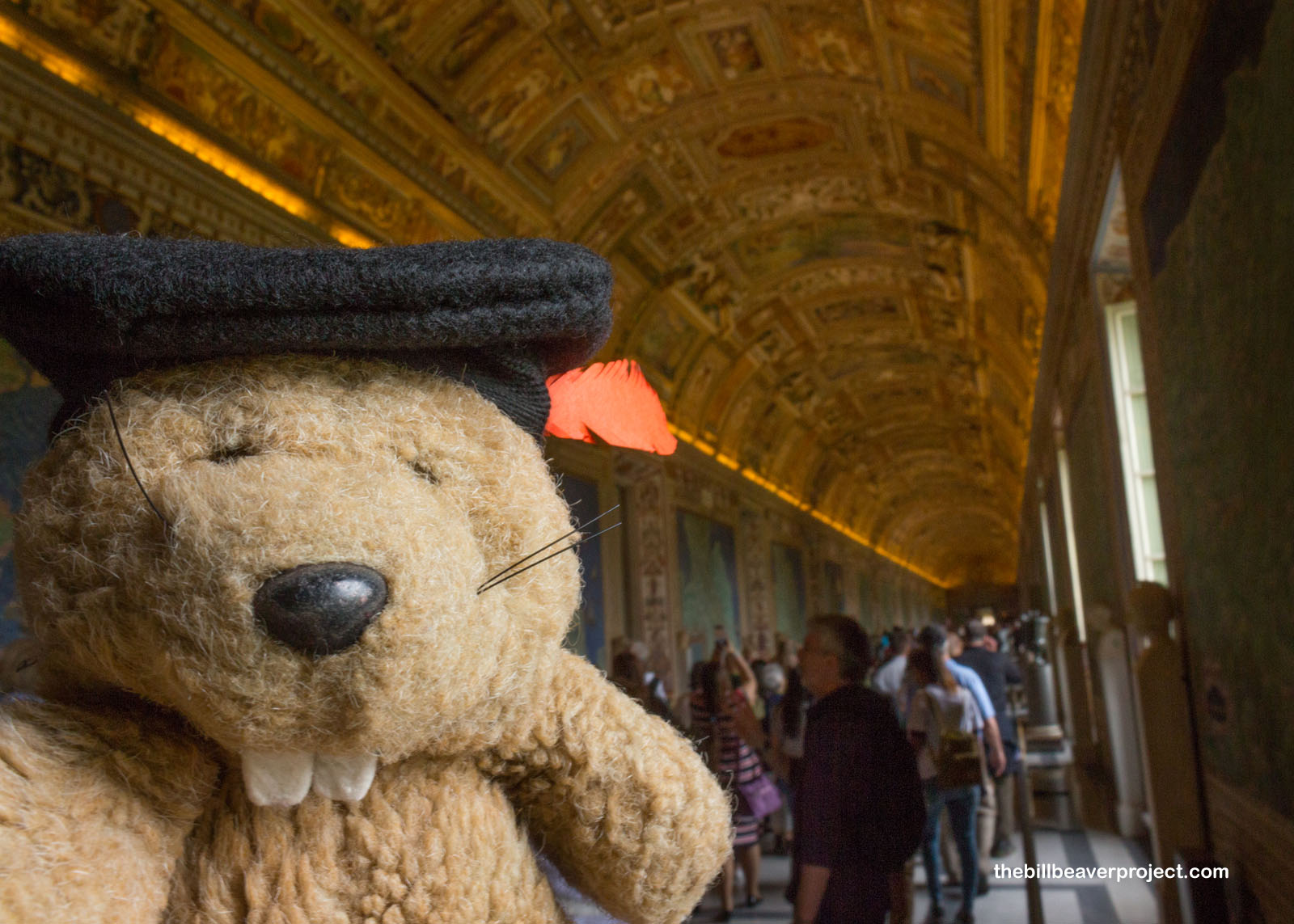 |
We passed through more amazing galleries featuring Raphael’s famous School of Athens and other works by his students. There was a gallery of contributions by modern artists, which really added a unique feel to this old place. As we got closer to the Sistine Chapel, the crowds crushed in, making it kind of hard to breathe. Or maybe that was the response to the chapel itself!
Officially, there is no talking in the Sistine Chapel and no photography. Much of the silence was broken by guards commanding tourists to put away their cameras. It took away the feeling of holiness in this place, but it didn’t detract from the incredible works overhead. Even though he was a sculptor, Michelangelo Buonarroti agreed to Pope Julius II’s request that he paint the ceiling of the Sistine Chapel. He brought all his sculptor’s knowledge of human anatomy and took four years to fundamentally redirect Western art as a whole!
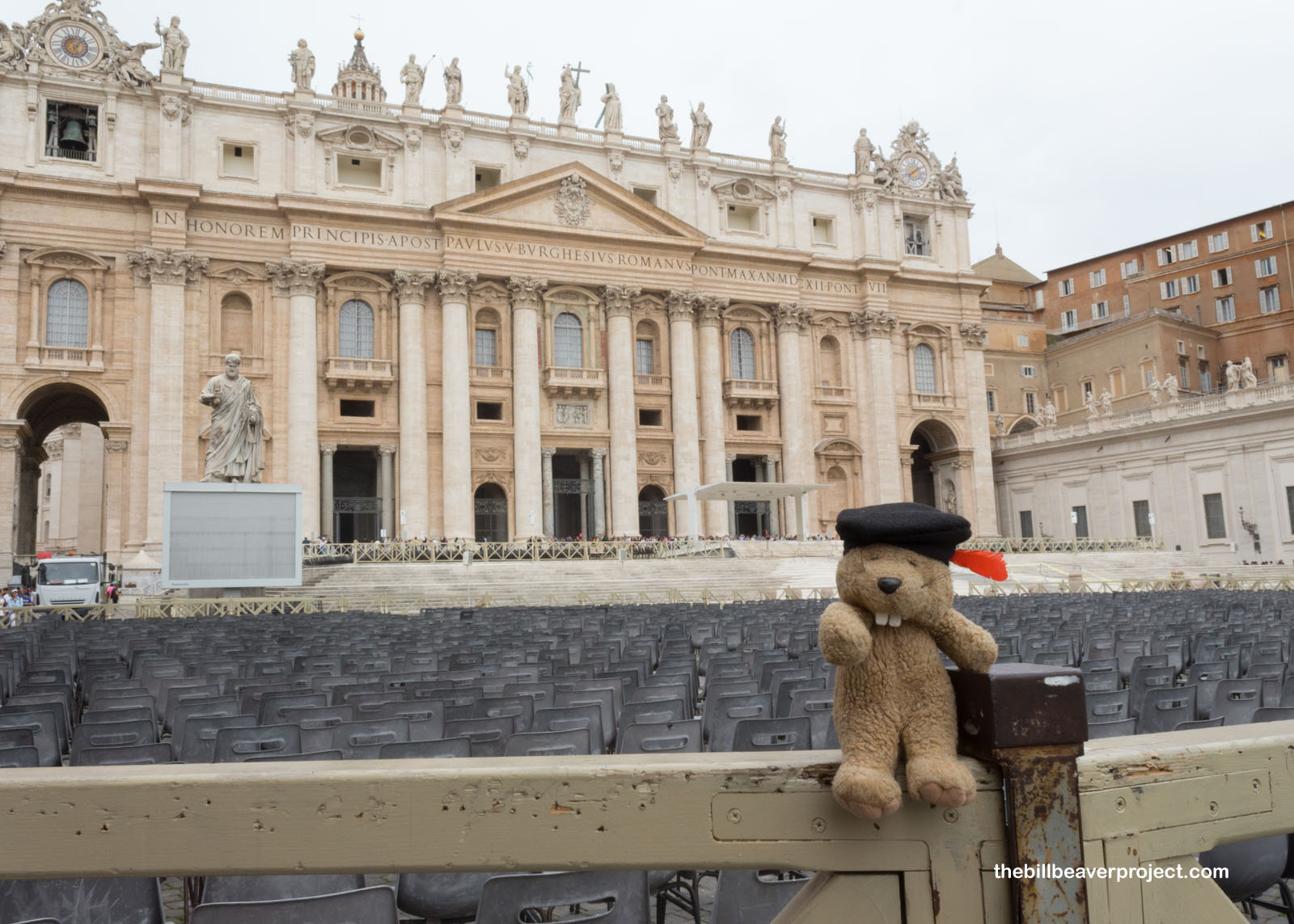 |
The tour funneled us from the museums out into the magnificent St. Peter’s Basilica, the largest church in the world! It took over 150 years to build this huge cathedral over the site where St. Peter was crucified upside down in 64 AD, and over that time, it’s accumulated treasures like Michelangelo’s La Pietà and the tombs of royals and popes alike! Laura led us counter clockwise past the tomb of Pope John Paul II, the famed statue of Peter whose foot must be touched for luck, the grottoes containing Peter’s tomb itself, and the altar over the crucifixion spot.
It was overwhelming to be inside this enormous cathedral! The dome towered overhead, and the stone faces of past popes seemed to be gazing out from their eternal stations! In wandering, I felt kind of bad for those who came here to worship, because there was no escaping the conversation and camera noises of what must have been close to the Basilica’s 20,000-person capacity!
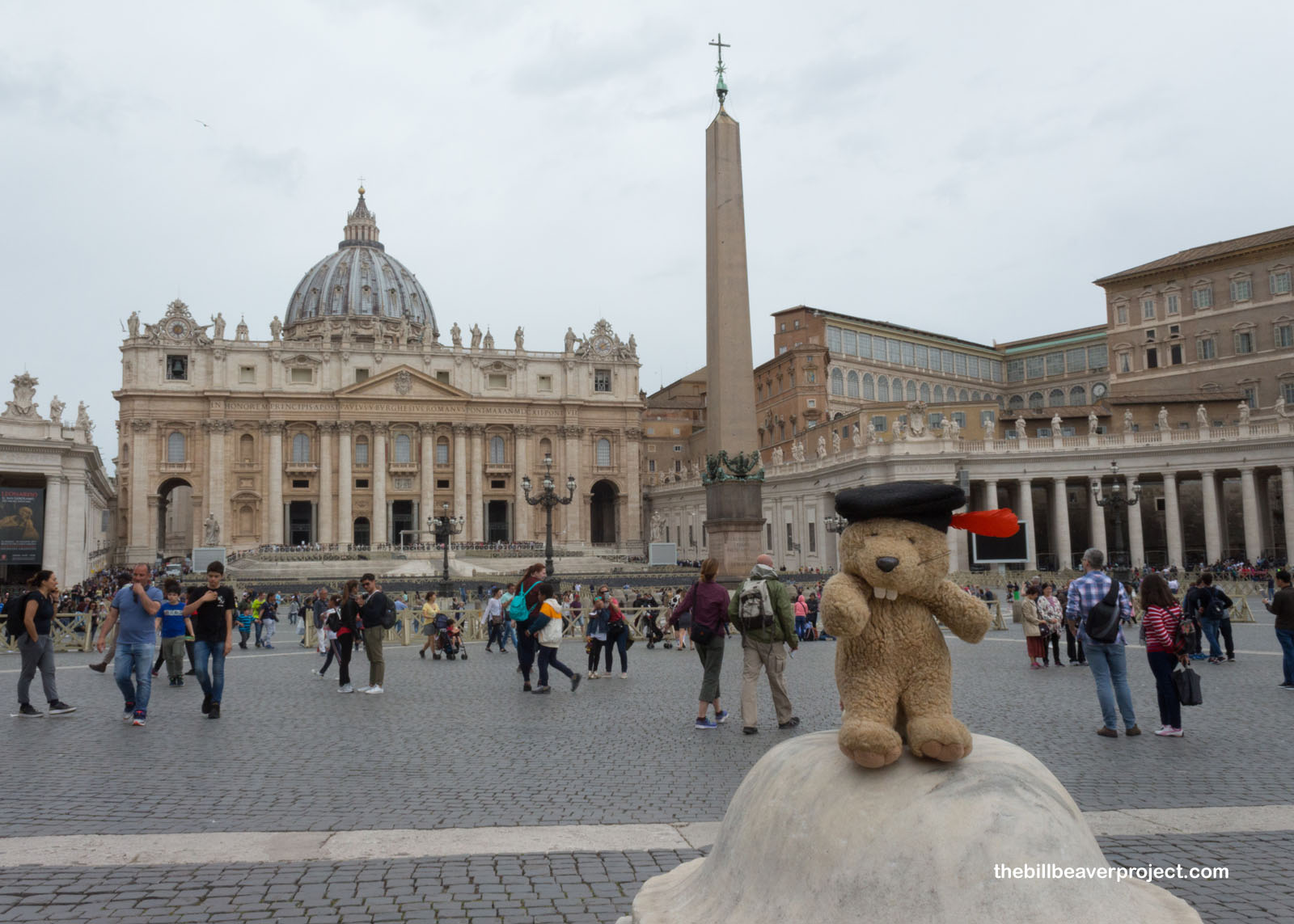 |
Following the tour, I stepped out into the building storm to St. Peter’s Square, where the Pope conducts Masses for masses of up to 80,000 people at a time! By this point, I needed a break from crowds, so I grabbed a panino from a food truck (and had to run around, sandwich in hand, to find cash to pay the vendor), then headed north to the region of Tuscany!
Pushing through a mighty traffic jam, I arrived at last in the UNESCO-honored valley of the Orcia River, properly called Val d’Orcia! This whole windswept valley embodies the ideals of natural landscaping and harmony that came to life during the Renaissance!
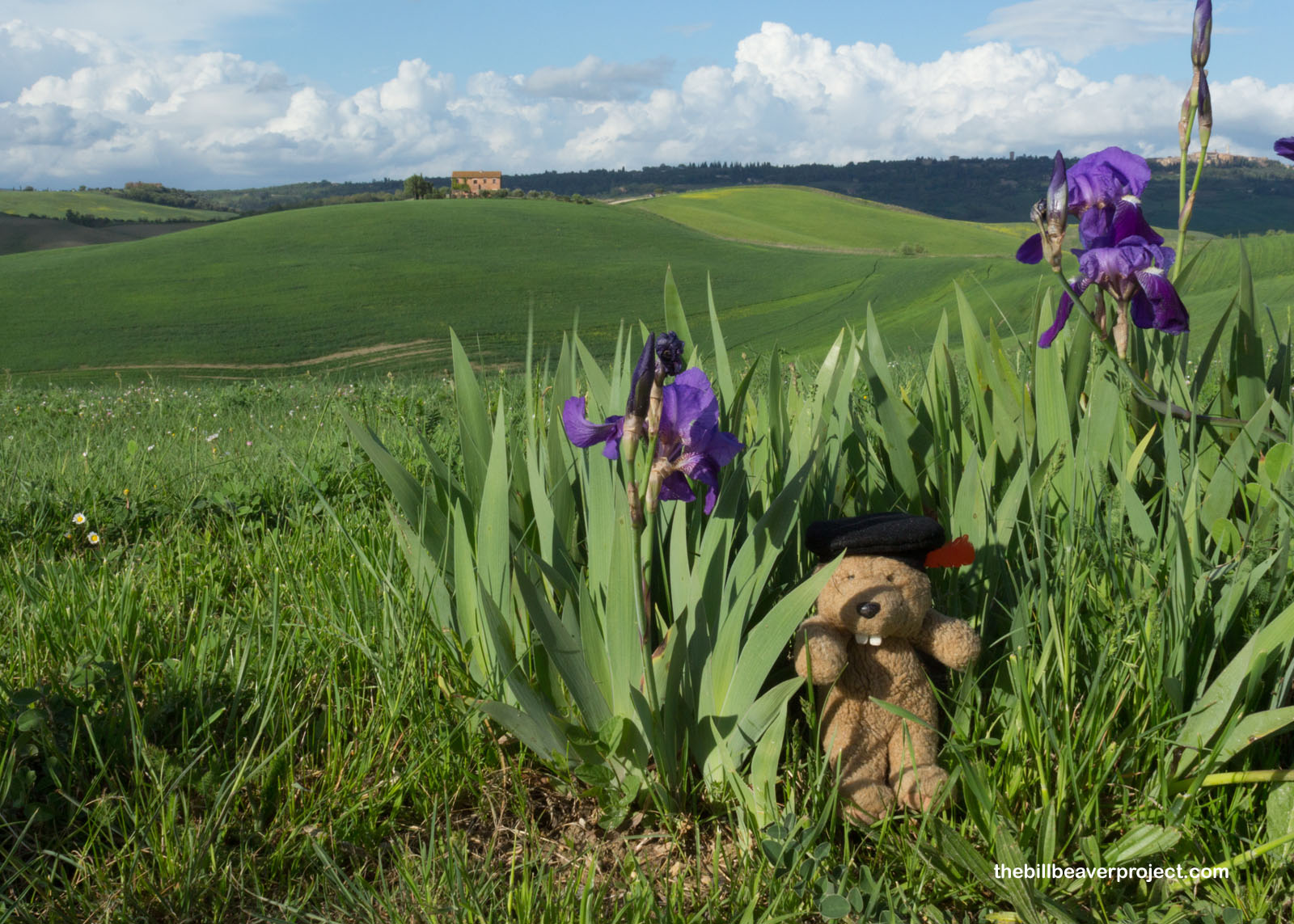 |
For instance, if you’ve ever seen a hilltop house or a sandy pathway lined with Italian cypresses, you’ve probably caught a glimpse of the Val d’Orcia!
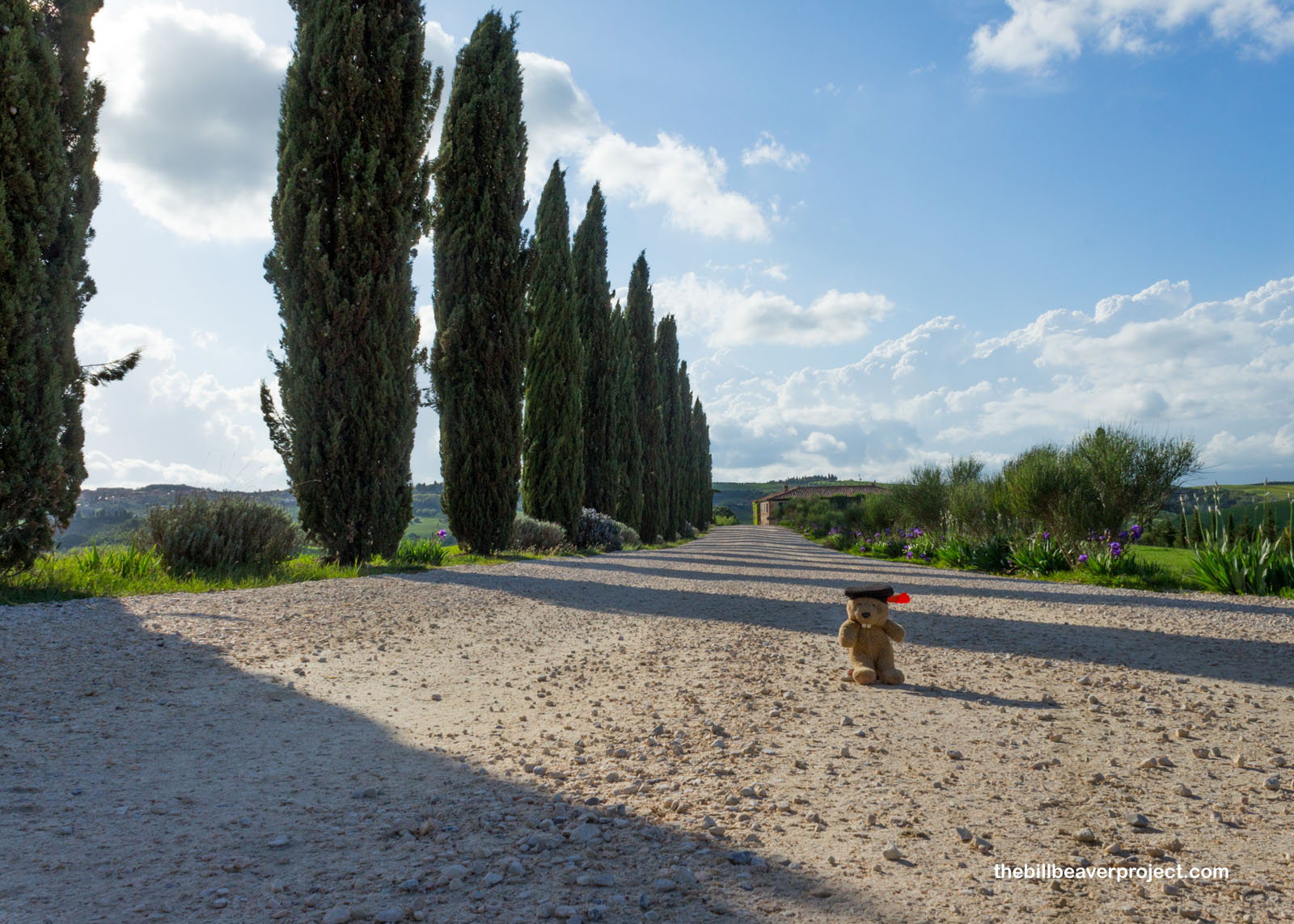 |
There’s a special chapel here in the region of San Quirico called the Chapel of the Madonna di Vitaleta that is super popular. It was built in 1590 to house a statue of Mary created by Andrea della Robbia, but today that statue has been moved to a church in San Quirico! It’s somewhat remote, but not as remote as I expected. There were still bunches of people gathered here to take photos!
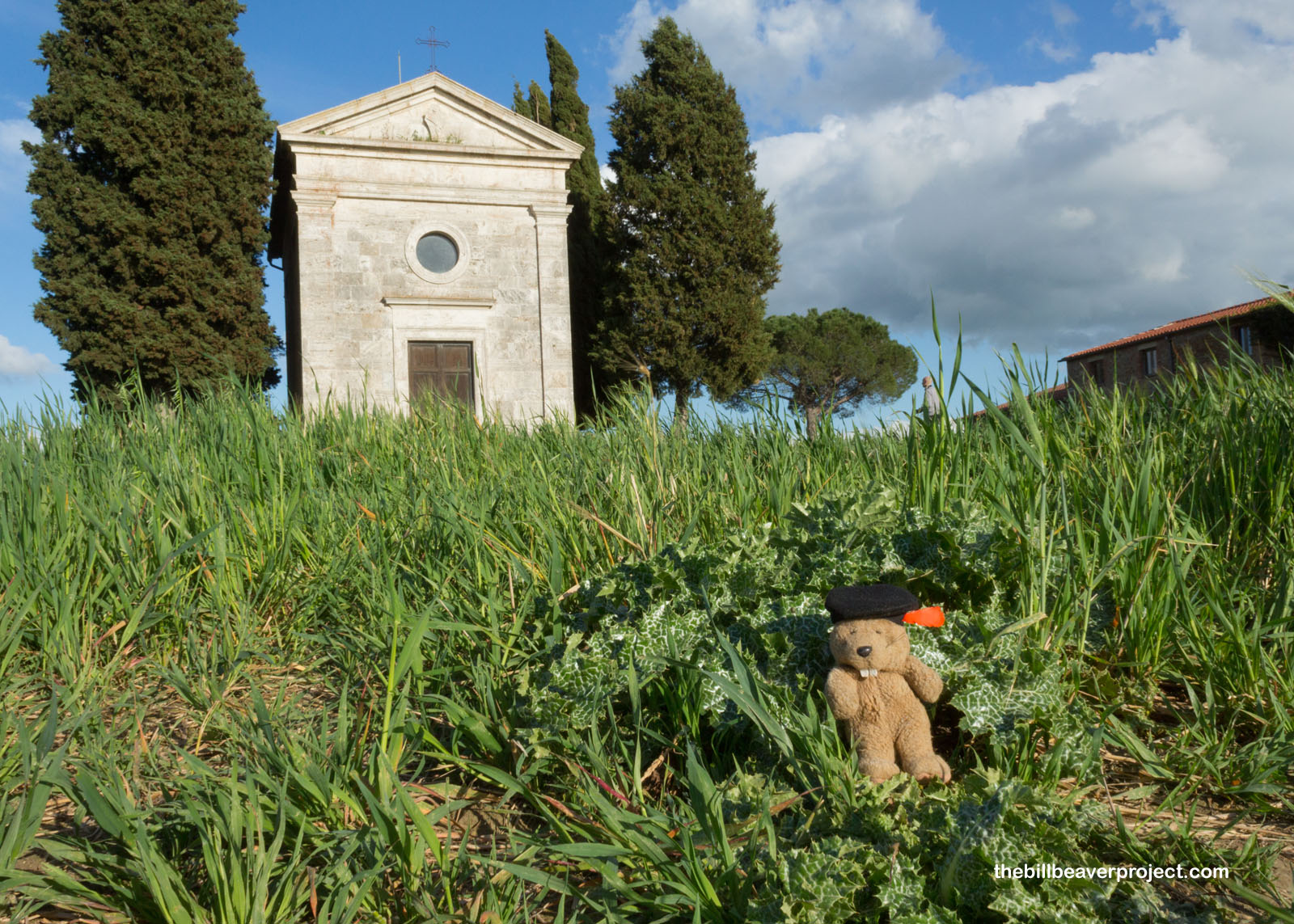 |
I did find some beautiful vistas, though! The wind was whipping, but it churned the clouds so they spilled light all over the valleys! Blankets of yellow flowers speckled the green hills, making the whole scene into a moving painting! The only thing that could have made it even better was a vibrant sunset!
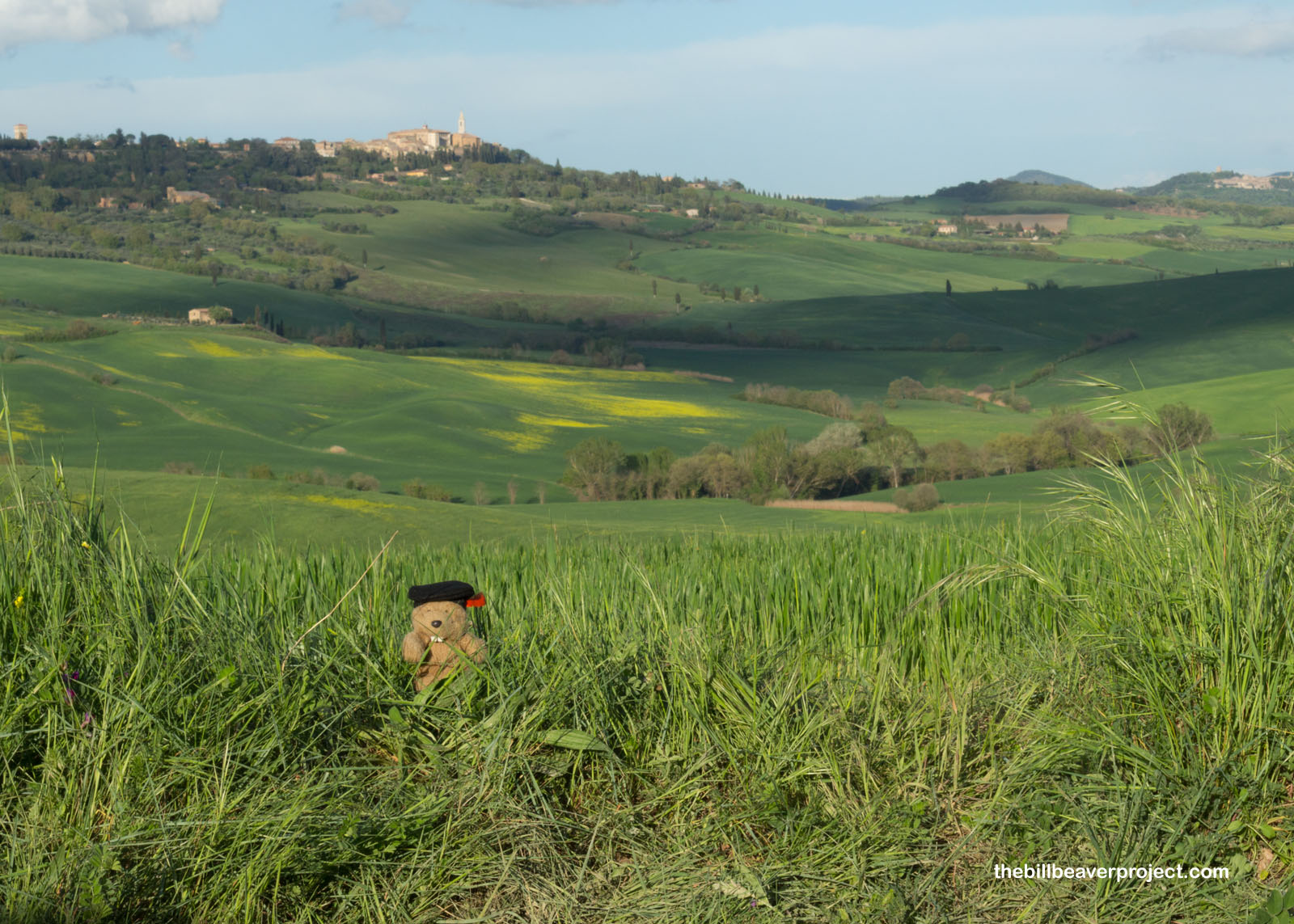 |
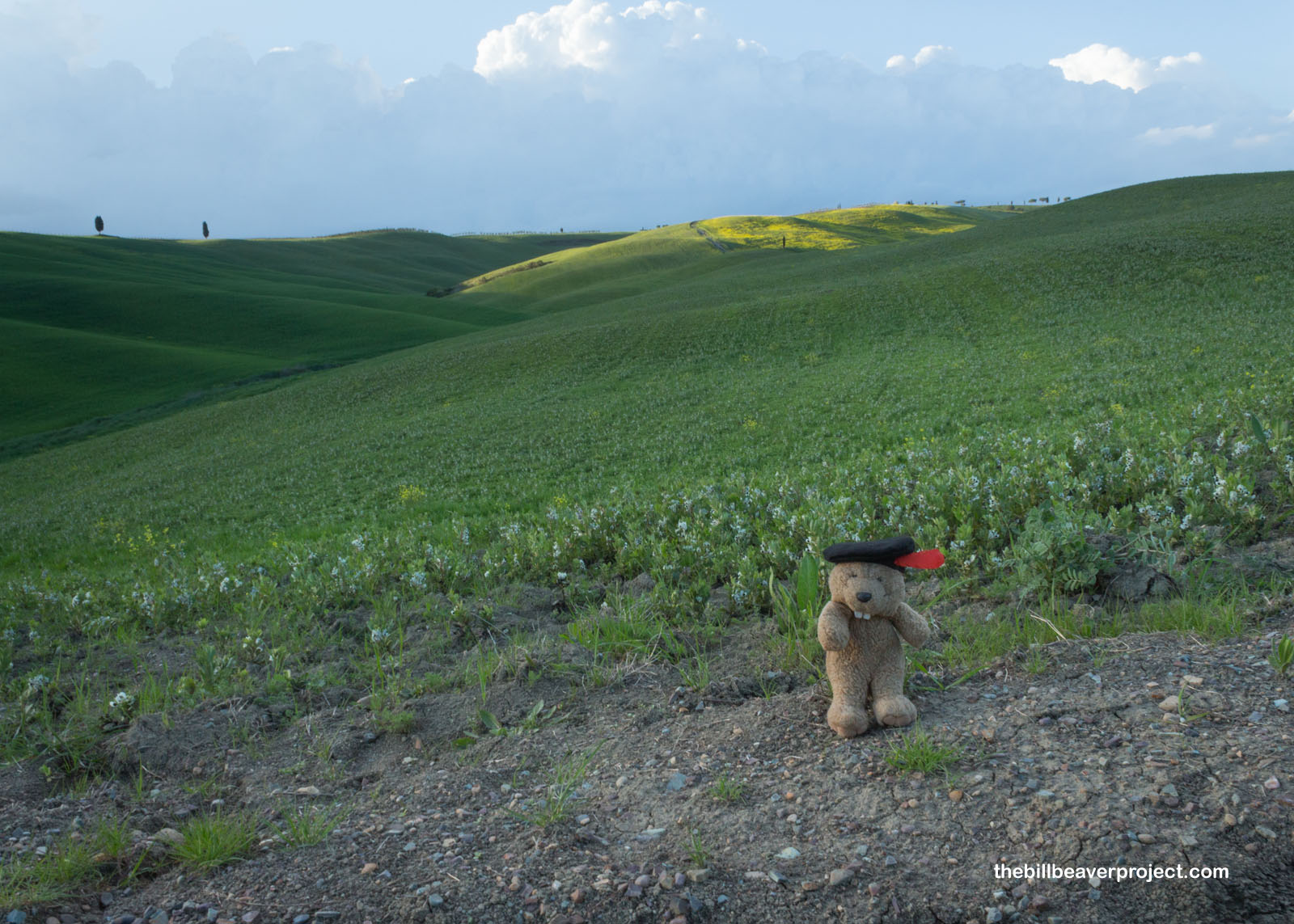 |
I picked a sunset viewing spot close to a grove of famous cypresses, but I did not expect the giant cloud of DOOM, much like the one in Fisterra, to appear and swallow the sun right up! I sat and waited, hoping that the wind would settle and the sun would pierce the blackness, but an alert from the local Carabinieri that some of us were parked illegally sent me hustling back to the car. Oh well, I would eat my sorrows in Siena.
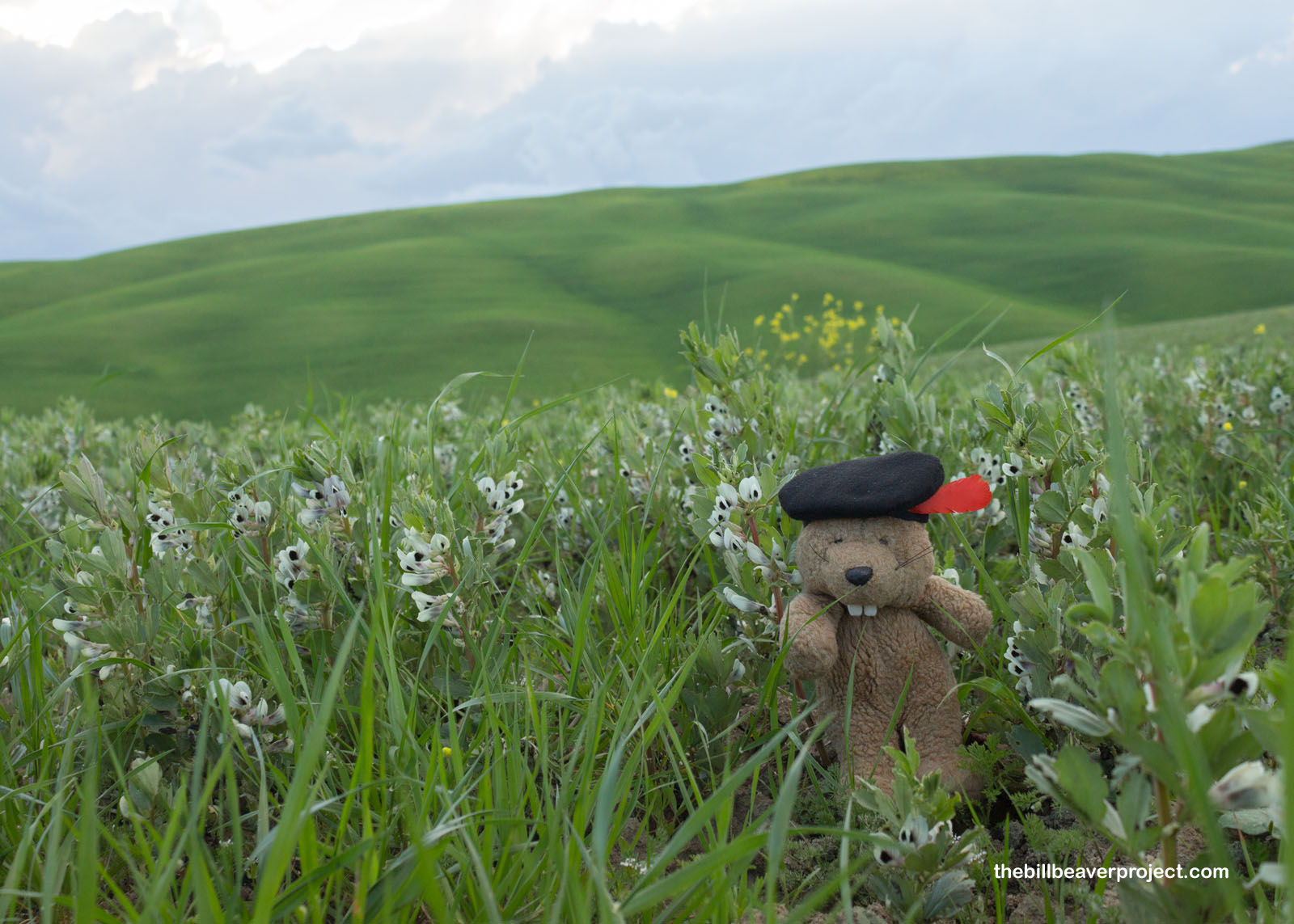 |
I checked in to the Hotel Santa Caterina in Siena, not far from the town center and promising a glorious garden that would appear when the sun rose. My room was very cozy, and I looked forward to catching up on some of the lost slumber from the last few days.
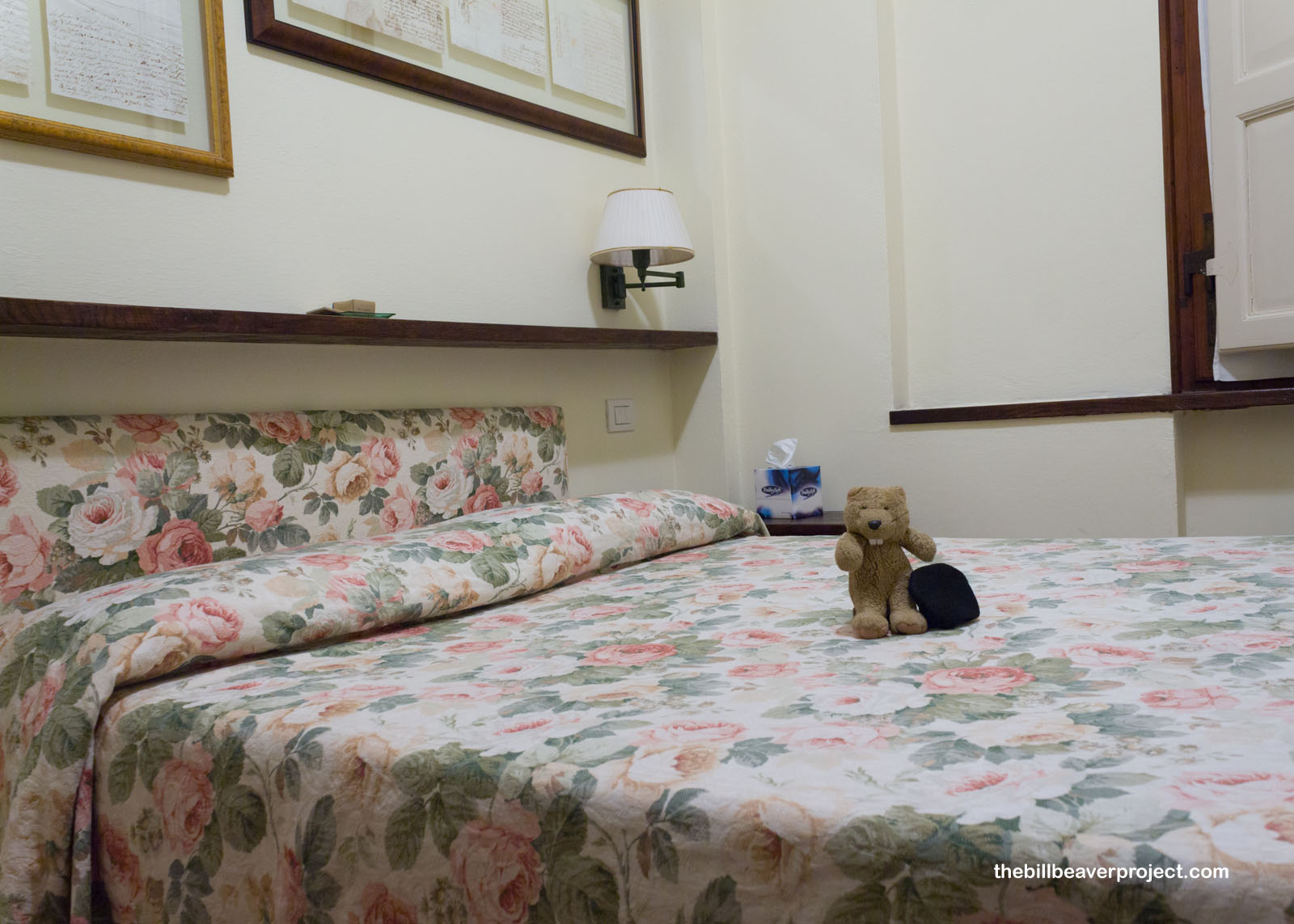 |
It also had a very strange drinking fountain in the bathroom with funny tasting water. I think I’ll stick with bottled water sin gas while I continue my travels.
 |
Freshened up, I headed out to the Piazza del Campo for some pappardelle and gelato. I would be remiss if I had a whole trip to Italy and didn’t enjoy some of its famous cuisine! Stay tuned for more adventures from around Tuscany!
Buon appetito!

 Previous Day |
Total Ground Covered: 222.2 mi (357.6 km) |
 Next Day |
